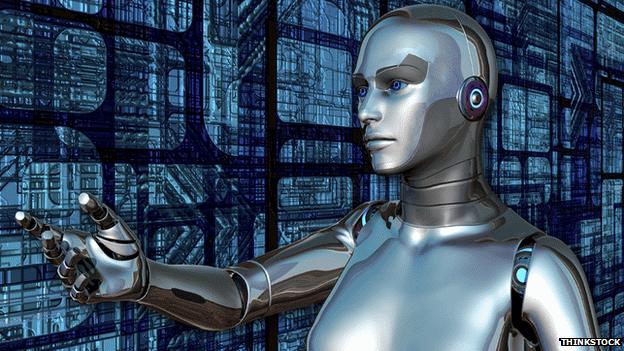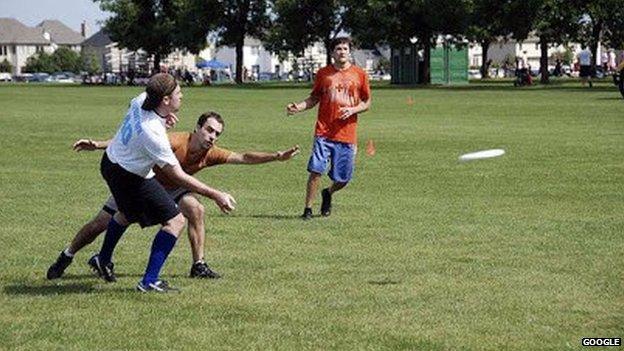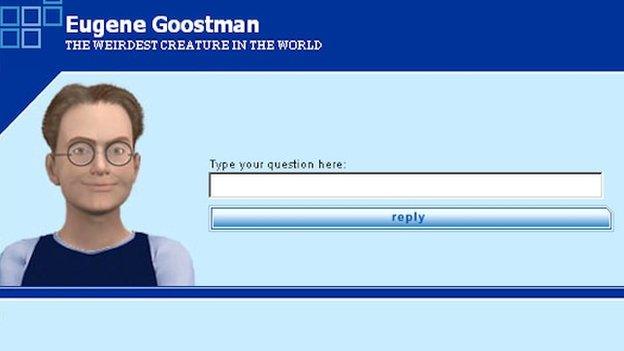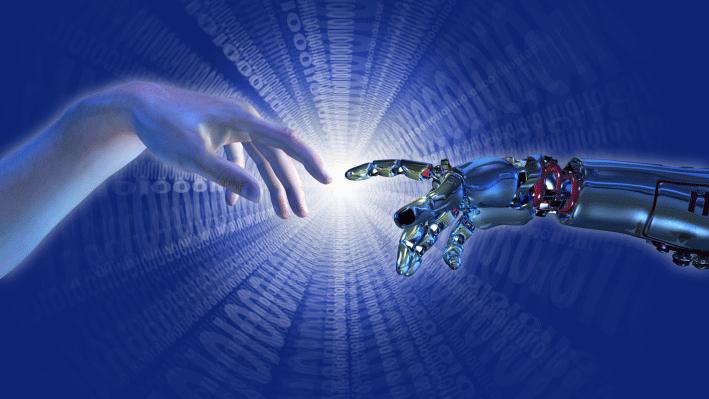Robots face new test of creative abilities
- Published

The new test requires robots to be creative by writing a story or painting a picture
A US professor is proposing a new way to test whether artificial intelligence (AI) is on a par with that of humans.
Currently scientists use the Turing test - named after computer scientist Alan Turing - which evaluates whether an AI can convince a judge that it is human in a conversation.
Prof Mark Riedl, from the Georgia Institute of Technology, is proposing a new test.
It would ask a machine to create a convincing poem, story or painting.
Dubbed Lovelace 2.0 it is an iteration of a previous Lovelace Test, proposed in 2001.
Named after one of the first computer programmers, the original test required an AI to create something that it would be incapable of explaining how it was created.
Lovelace 2.0, external develops that idea.
"For the test, the artificial agent passes if it develops a creative artefact from a subset of artistic genres deemed to require human-level intelligence and the artefact meets certain creative constraints given by a human evaluator," explained Prof Riedl.
The artefact could be painting, poetry, architectural design or a fictional story.
"Creativity is not unique to human intelligence, but it is one of the hallmarks of human intelligence," said Prof Riedl.
Algorithms have already created stories and paintings although according to Prof Riedl "no existing story generation system can pass the Lovelace 2.0 test".
Inspiring music
Experts had mixed feelings about how good such a test would be.
Prof Alan Woodward, a computer expert from the University of Surrey thinks it could help make a key distinction.
"I think this new test shows that we all now recognise that humans are more than just very advanced machines, and that creativity is one of those features that separates us from computers - for now."
But David Wood, chairman of the London Futurists, is not convinced.
"It's a popular view that humans differ fundamentally from AIs because humans possess creativity whereas AIs only follow paths of strict rationality," he said.
"This is a comforting view, but I think it's wrong. There are already robots that manifest rudimentary emotional intelligence and computers can already write inspiring music."
The 65-year-old Turing test is successfully passed if a computer is mistaken for a human more than 30% of the time during a series of five-minute keyboard conversations.
Back in June a computer program called Eugene Goostman, which simulates a 13-year-old Ukrainian boy, was said to have passed the Turing test although some experts disputed the claims.
- Published18 November 2014

- Published9 June 2014

- Published13 January 2014
